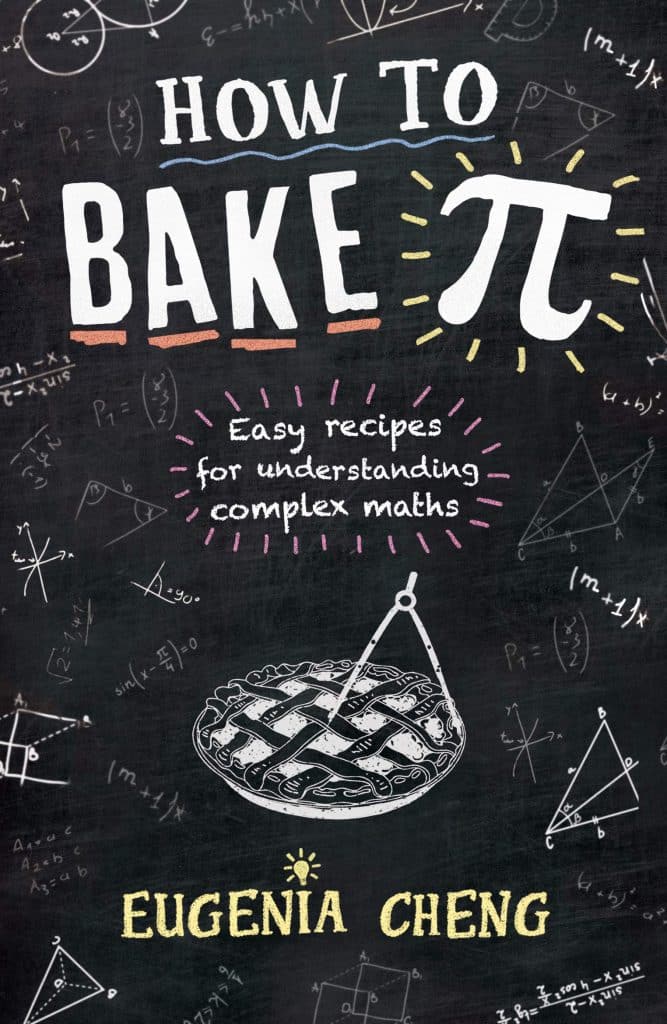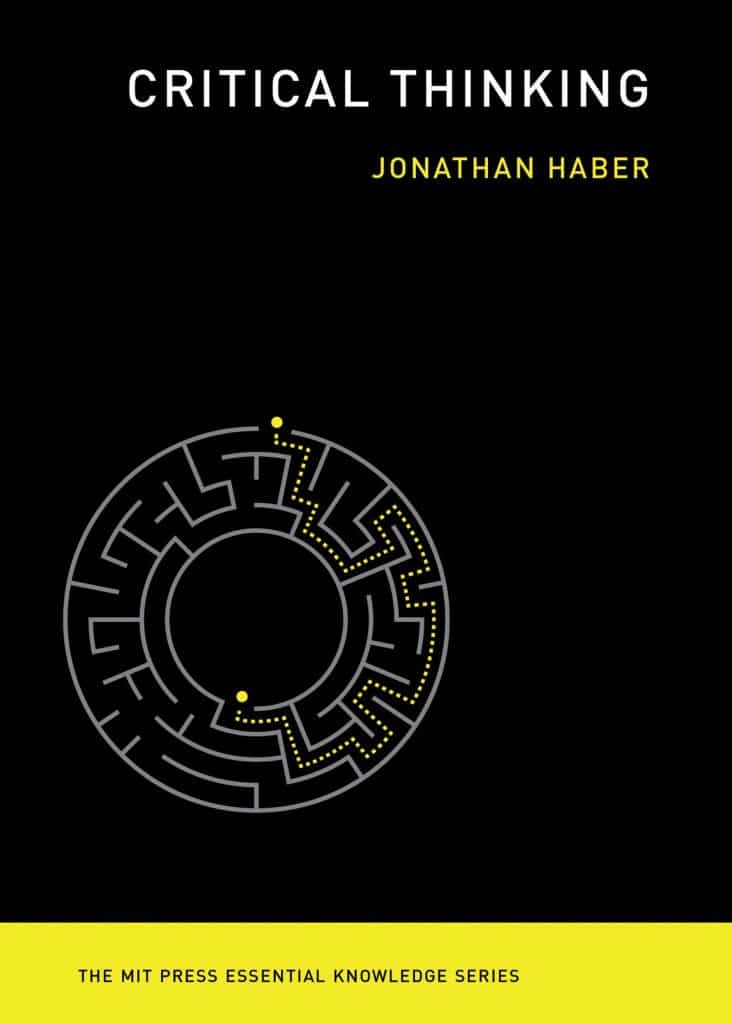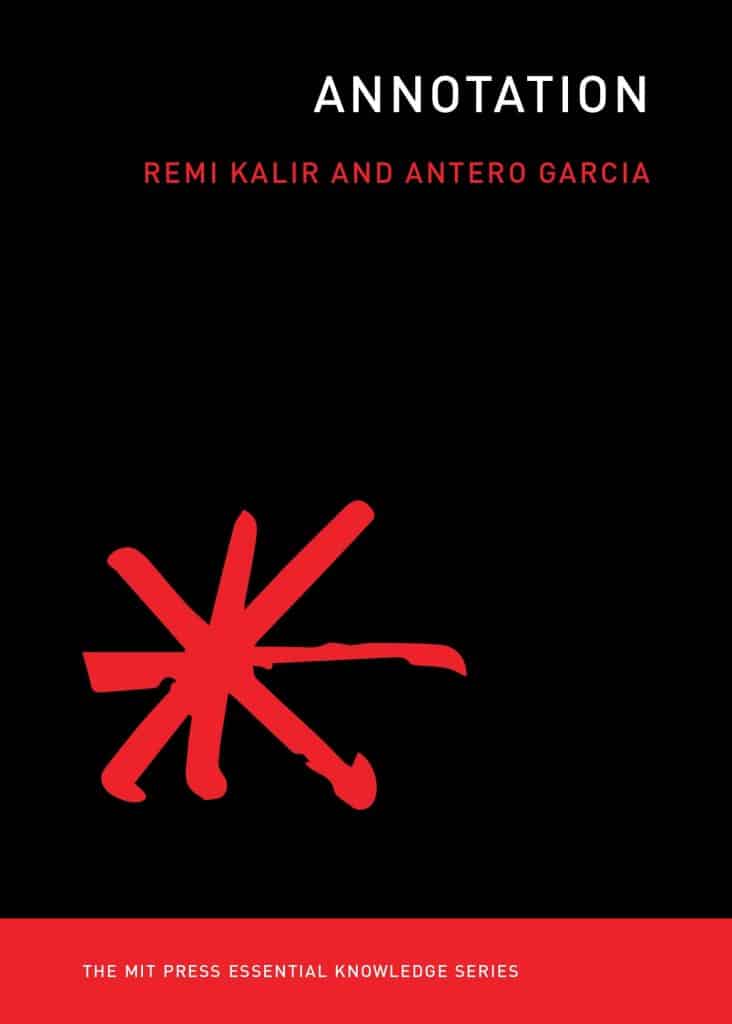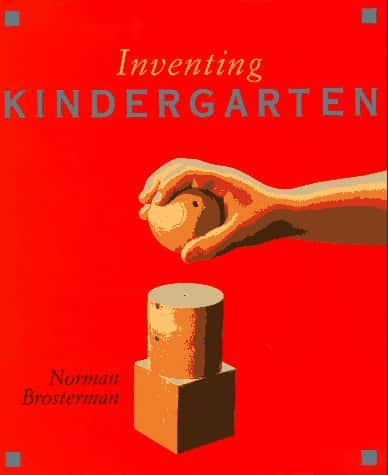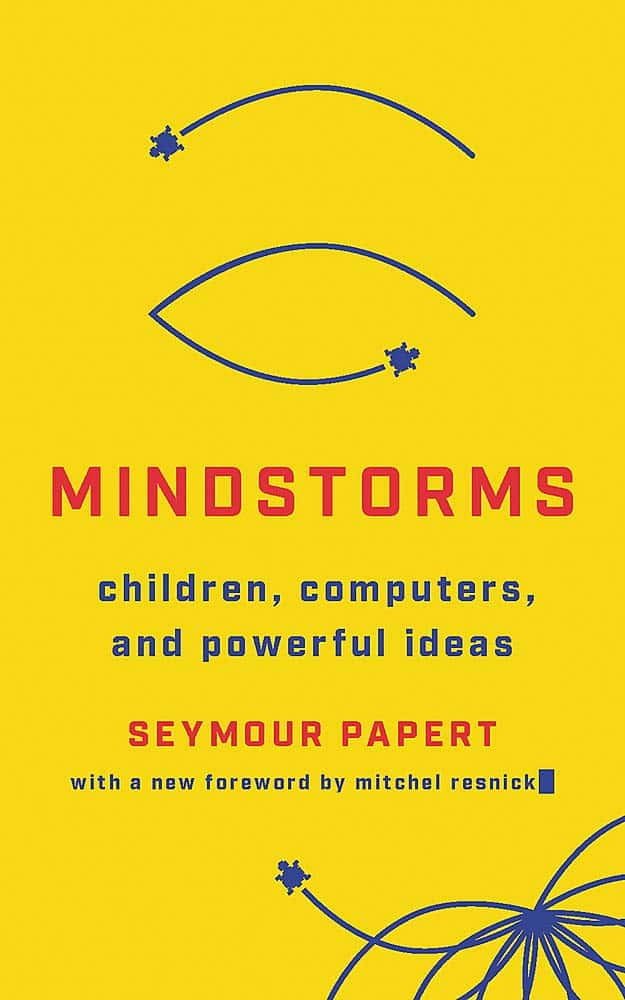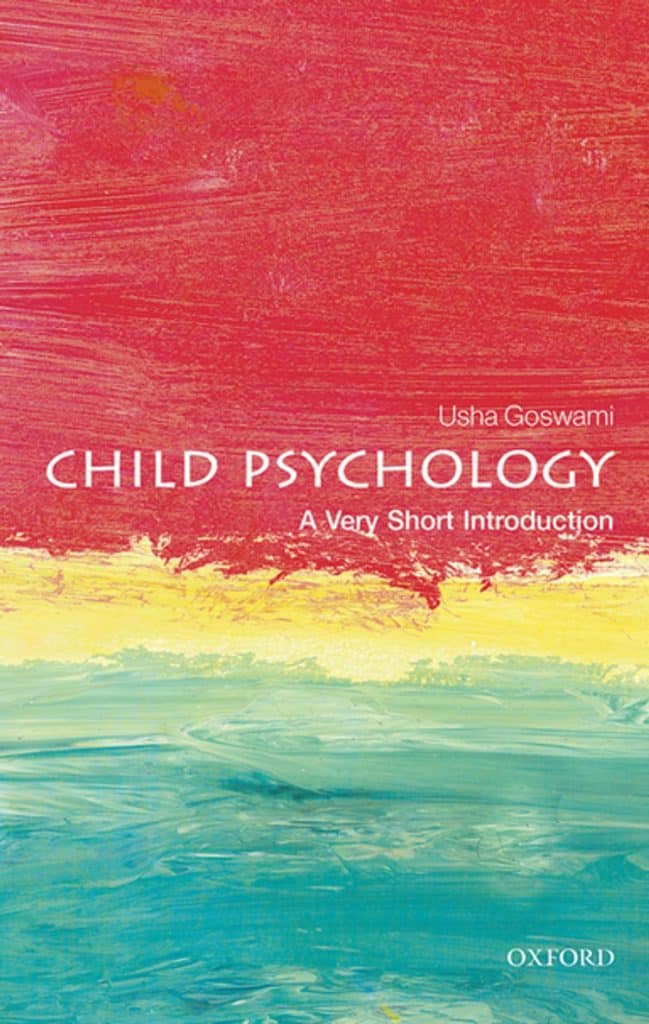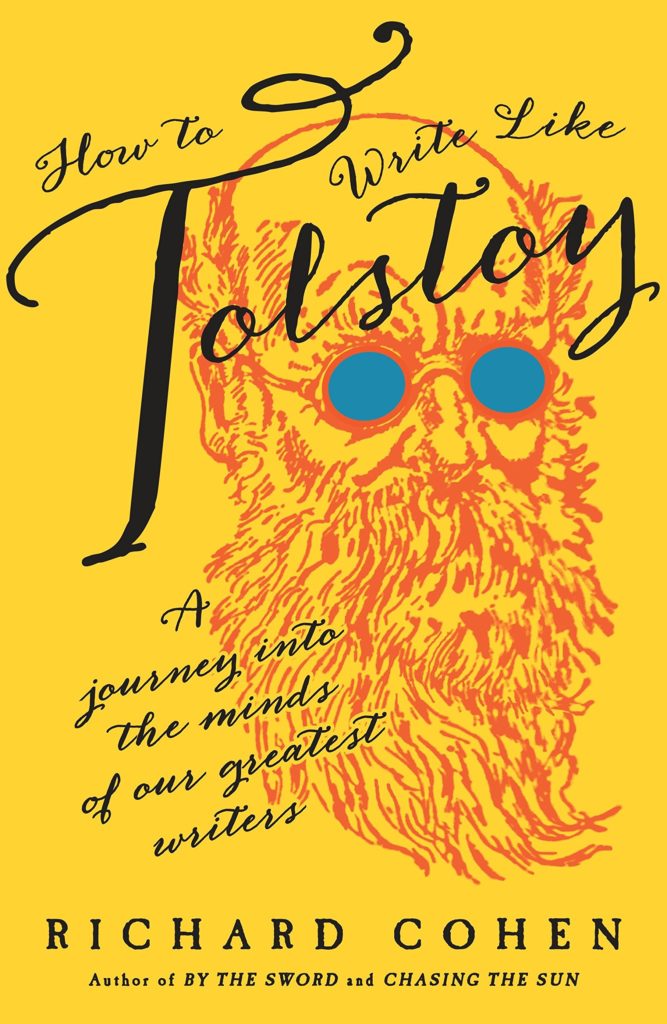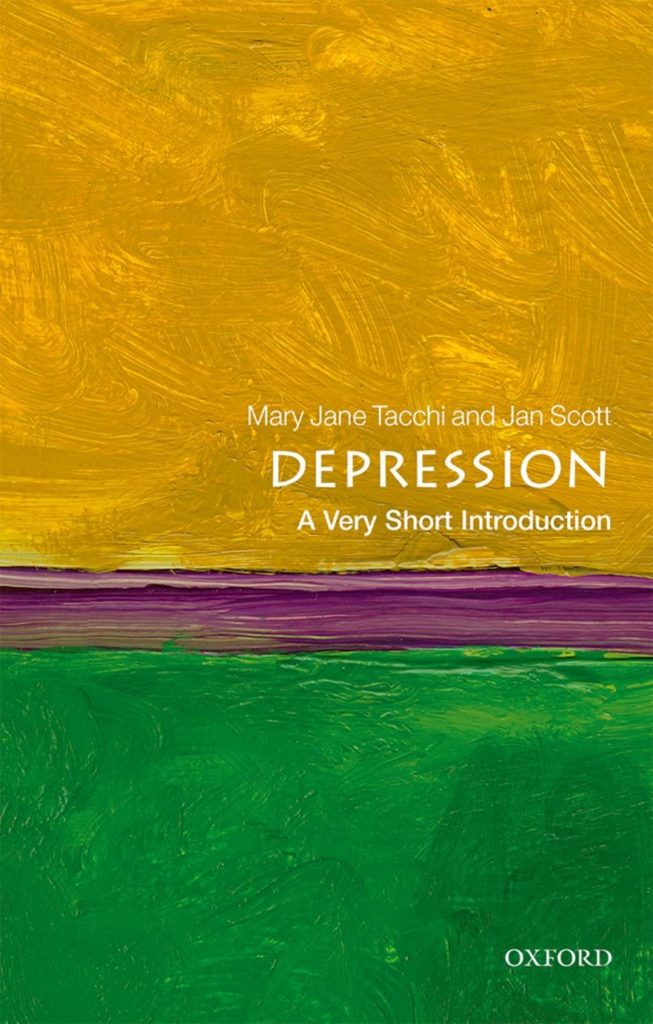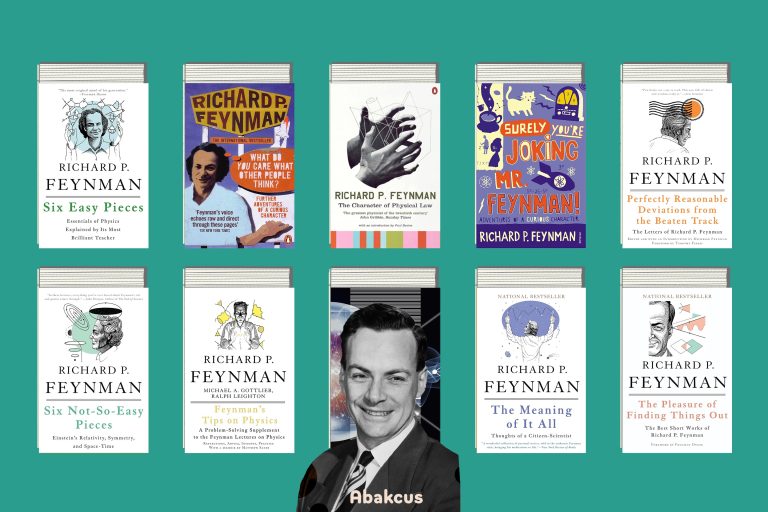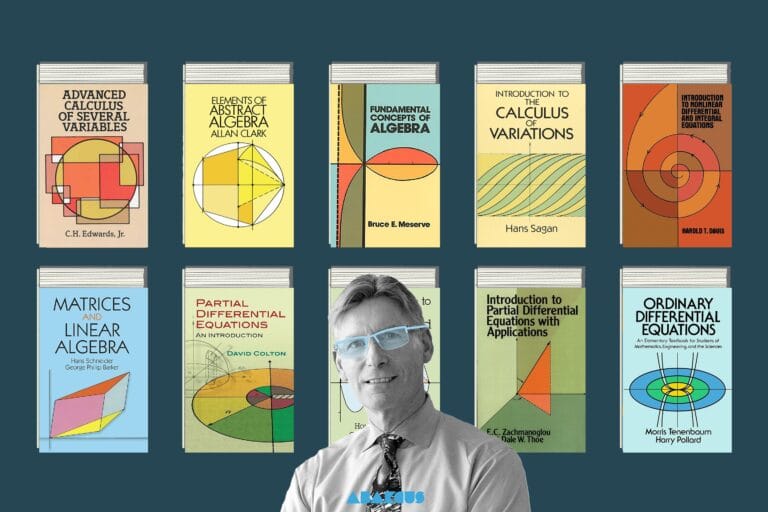Master educators keep writing books for teachers because there are few jobs more courageous than becoming a teacher. And teachers have to come up with inspiring lesson plans, schedules, and homework.
Good teachers are lifelong learners, always looking to develop new skills and understandings. This year should be the time for more professional reading; reading is the most efficient professional development.
Where Do Teachers Find Books?
Fortunately, hundreds of books written by real teachers share real stories, tips, tricks, and motivation that will transition from college campus to a primary or secondary school teacher.
However, finding cheap books for classrooms can be a challenge. Sure, the school provides the standard texts, but if you want to buy a book, you must consider your budget! Other than used books, the best way to get the cheapest books is using Amazon Audible. Yes, Audible is the best and largest audible library. Moreover, you can try 30 days for free!
What are the Must-read Books for Teachers?
Here, I listed 20+ inspirational books for teachers recommended by master educators. This list has a little something for everyone, such as classroom management strategies, race issues, being a teacher during the digital age, and more. I believe every teacher should spend some time reviewing these carefully-selected books to stay up to date.
Mathematics is a subject that can often seem intimidating and confusing to those who don’t deeply engage with it. But what exactly is math, and how does it work? In How to Bake Pi, Eugenia Cheng, a math professor, takes readers on a journey to explore the beauty of abstract mathematics. She uses recipes for dishes such as crispy duck and cornbread to illustrate the logic of math, offering an accessible introduction to the subject.
This book goes beyond formulas and symbols from high school math classes, inviting readers to explore cutting-edge mathematical research in a way that is engaging and easy to understand. Cheng’s writing is lively and her explanations are clear, making How to Bake Pi the perfect guide for anyone looking for a new way to appreciate mathematics.
Sometimes, political points regarding privatization, public benefit, democratic values, and government control are made using the issues and debates surrounding school choice. David Garcia provides a clear, impartial, and complete overview of school choice in this installment of the MIT Press Essential Knowledge series without resorting to partisan arguments. He begins by outlining the various options for schooling, such as homeschooling, private institutions, freedom-of-choice programs, magnet and charter schools, vouchers, and education savings accounts. The lengthy history of school desegregation and disagreements about the roles and responsibilities of government come across as two themes that are particularly poignant in the American school choice debate. Is education a public good benefiting society as a whole, or a private good, serving the interests of the individual?
The elimination of government bureaucracies, the introduction of competition into education through market forces, the promotion of parental choice, and the portrayal of school choice as a civil right are among the main justifications for school choice policies that Garcia describes and assesses. He reviews overall trends from the studies on the effects of school choice, and he then takes into account how school choice laws are expected to change. He points out that Betsy DeVos, the secretary of education for the Trump administration, is a supporter of school choice and that the budget allocations represent a deliberate break from long-standing government policies that give additional financing for low-income schools. Instead, new regulations encourage low-income families to completely forego attending public schools. This book will be a crucial tool for taking part in the discussions that will undoubtedly come after.
The ability to think critically is frequently regarded as crucial for success in the workplace and education in the twenty-first century. It may even be argued that critical thinking is essential to the survival of a democratic society, given our predisposition to believe false information, draw erroneous conclusions, and make decisions based on feelings rather than logic. But what does critical thinking actually entail? Jonathan Haber describes how the idea of critical thinking came to be, how it has been defined, and how critical thinking abilities may be taught and evaluated in this volume of the MIT Press Essential Knowledge series.
According to Haber, the phrase has its roots in the fields of science, psychology, and philosophy. Along with such crucial intellectual qualities as intellectual humility, empathy, and open-mindedness, he addresses the elements of critical thinking, such as organized thinking, language skills, background knowledge, and information literacy. He talks about how critical thinking has been defined by research, how it has been taught in many forms for centuries, and how teachers might currently impart critical thinking abilities.
According to Haber, the biggest problem with critical thinking today is that not enough people are engaging in it. Thankfully, critical thinking can be learned, developed, and assessed. This book includes recommendations for educational leaders and policymakers on making teaching and learning critical thinking an educational priority and a practical reality. It also gives guidance for teachers, students, and aspirant critical thinkers everywhere.
An everyday and social action, annotation—the act of adding a note to a text—provides knowledge, communicates opinion, initiates dialogue, conveys emotion, and facilitates learning. It aids in bridging the gap between reading and writing. This volume of the MIT Press Essential Knowledge series provides an introduction to annotation and its literary, academic, civic, and everyday significance in historical and contemporary contexts. It considers annotation as a genre, a combination of reading, thinking, writing, and communication, and provides instances of annotation ranging from medieval rubrication and early book culture to data labeling and internet reviews.
“The charismatic German educator Friedrich Froebel (1782–1852) created the first kindergarten, a groundbreaking educational program for kids, in the 1830s. By the end of the nineteenth century, it had spread around the world and become a well-known institution. It recreates the most effective system for educating young children about art, design, mathematics, and natural history ever created using outstanding visual material.
Aside from nature study, singing, dancing, and storytelling, kindergarten—a Froebel invention combining the German words for children and garden—involved playing with the so-called Froebel gifts, a series of 20 educational toys that gained enormous popularity in the nineteenth century and included building blocks, parquet tiles, origami papers, modeling clay, sewing kits, and other design projects.
Norman Brosterman, an architect and artist, narrates Froebel’s life story, explains his objectives and educational philosophy, and – most impressively – describes each gift, illustrating it with numerous examples of artwork created by nineteenth-century kindergarten teachers and students as well as diagrams from long-forgotten kindergarten textbooks.
Brosterman demonstrates how this extensive training program might have impacted the development of art history in a part of the book devoted to the history of abstract art and modern architecture. He shows how the design principles of kindergarten anticipated modern conceptions of the aesthetic power of geometric abstraction by using examples from the works of significant artists who attended kindergarten, including Georges Braque, Piet Mondrian, Paul Klee, Wassily Kandinsky, Frank Lloyd Wright, and Le Corbusier, among others.”
A famous computer scientist demonstrates the value of educating children on the fundamentals of computers in this ground-breaking book, emphasizing how it can help them succeed in the rapidly changing tech industry.
Computers have completely transformed the way we teach kids, and we can thank Mindstorms for that. In this book, pioneering computer scientist Seymour Papert argues for the benefits of training kids with computers by citing the creation of LOGO, the first kid-friendly programming language. Children are more than capable of learning how to use computers, according to Papert, who also claims that teaching computational skills in the classroom, such as debugging, can transform how we learn everything else. He also demonstrates how technologically advanced schools may enhance socializing and interactivity among pupils.
From infancy to the beginnings of puberty, this Very Short Introduction provides a current, trustworthy, and intelligible summary of modern child psychology. Usha Goswami explores the bonding and attachment process from infancy on, showing how secure attachments encourage the development of self-awareness. Goswami examines how infants and toddlers understand the natural, biological, and social environments and how they acquire sophisticated skills like morality and language. He also looks at cognitive reasoning and language acquisition.
Goswami emphasizes the value of sibling relationships and early friendships for psychological growth by illustrating how a child’s learning is influenced by their environment, including those at home, school, peers, and society. By explaining the foundational theories in child psychology, Goswami demonstrates why children develop the way they do and how society could better enhance their development throughout the adolescent years.
“How to Write Like Tolstoy is a thought-provoking journey inside the minds of the world’s most accomplished storytellers, from Shakespeare to Stephen King, for anyone who has ever identified with a hero or heroine, been seduced by a strong opening sentence, or been powerfully moved by a story’s ending.
In an effort to take readers on a journey into the concerns, strategies, tricks, foibles, and, occasionally, obsessions of our most brilliant writers, I have made an effort to describe the art of writing in as much of the authors’ own words as possible.
— from the Foreword
Every celebrated piece of literature is the result of a wealth of thoughtful choices. The best writers laboriously—and perhaps obsessively—work on every aspect of their works, from dialogue and point of view to narrative and character development.
What prompted Nabokov to choose Lolita as her name? Why did Fitzgerald choose to write The Great Gatsby in first person? How did Kerouac, who was adamantly opposed to revision, decide to eventually rework On the Road? Richard Cohen, a seasoned editor and educator draws from his extensive library from a lifetime of reading as well as his understanding of what makes excellent prose soar. Your book’s opening paragraph should fix most of the difficulties, according to Gabriel Garcia Marquez and Virginia Woolf’s concept of style (“It is all rhythm. The nature of fiction has been discussed by Vladimir Nabokov (“All great books are wonderful fairy tales”); once you understand that, you can never use the wrong words.
To identify the components that contributed to our best authors’ prose being remembered, Cohen studied their published works and unpublished writing. The result is a distinctive investigation into the process and art of writing that enhances our enjoyment of the greatest works of classic and contemporary fiction. He illustrates the difficulties that even the best writers faced and demonstrates how they overcame them by invoking the fantastic, the well-known, and the irreverent.”
Define depression. Bipolar disorder: what is it? How are they identified and dealt with? Can and should a young child be given an antidepressant diagnosis and treatment for depression?
This Very Short Introduction covers depression, manic depression, and bipolar disorder. It begins with a brief history of these ideas before concentrating on the current descriptions and understanding of these conditions. Jan Scott and Mary Jane Tacchi discuss the creation and introduction of antidepressants and mood stabilizers as they examine the advent of contemporary remedies for those who suffer from depression. They look at the different disorders’ symptoms, warning indicators, and the link between medical illnesses and depression.
They examine the significance of bipolar illness and depression in society and the connection between creativity and mood disorders. Scott and Tacchi wrap off by talking about depression treatments and the future.


